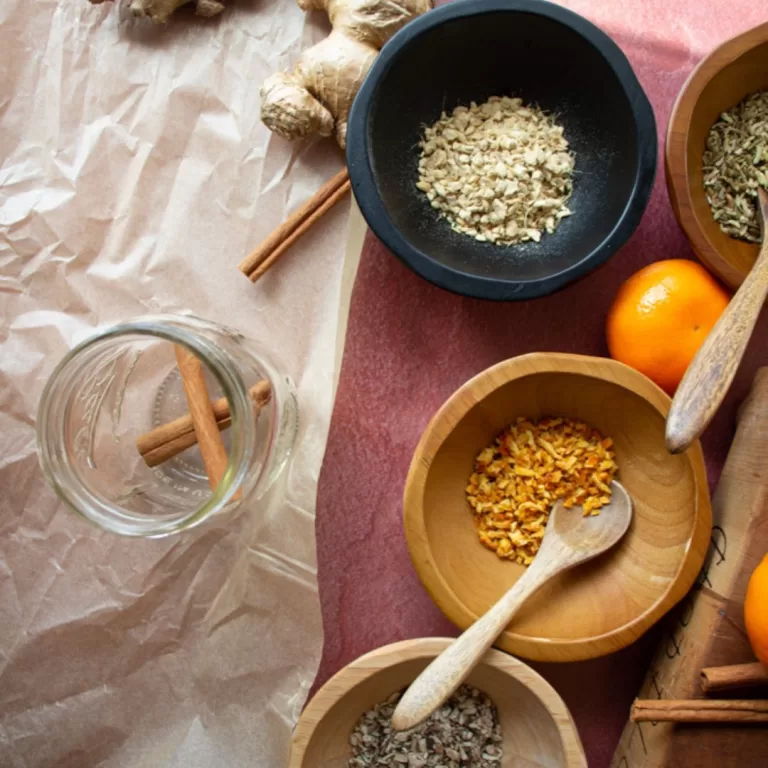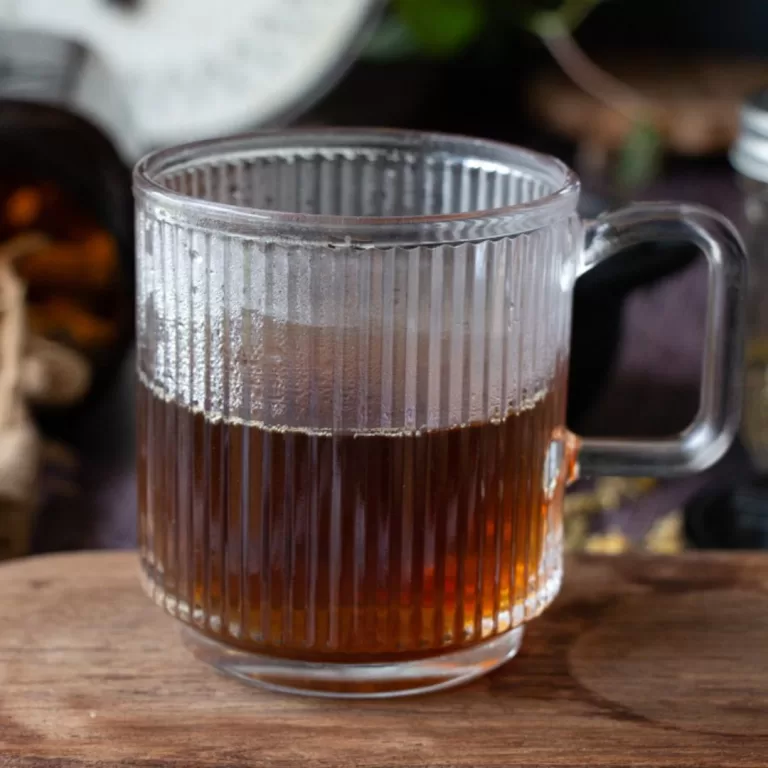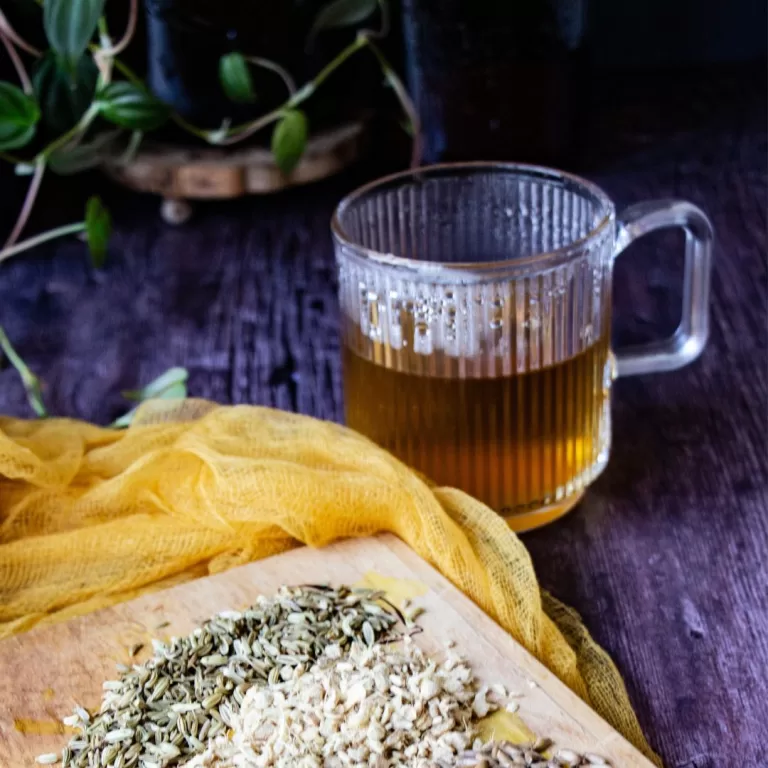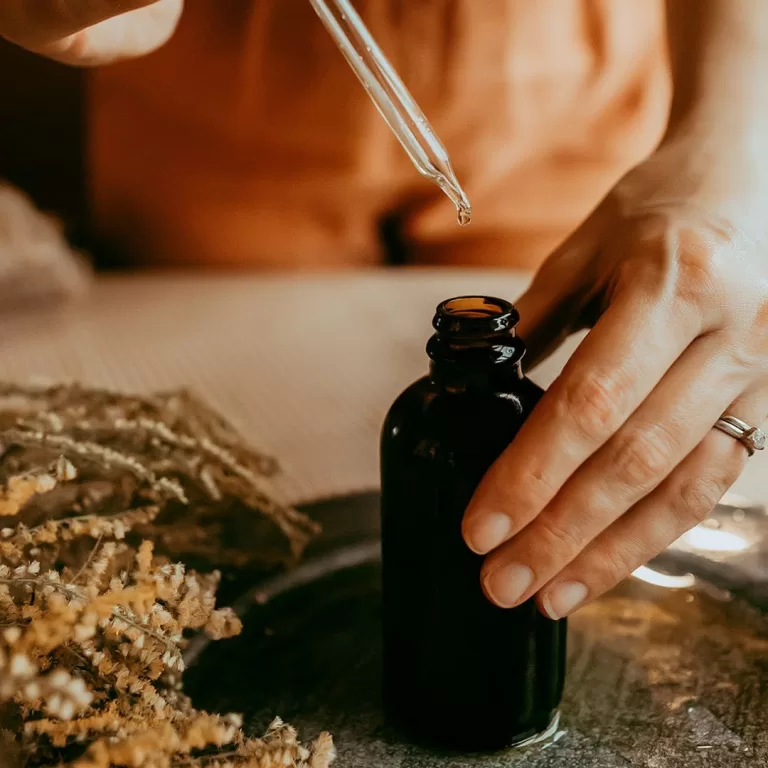When to Pick Strawberries: Optimal Timing for the Sweetest Harvest
Strawberry picking is one of the joys of early summer that I always look forward to. It’s a delightful opportunity to enjoy the outdoors with my little ones and bring home some of the sweetest fruits of the season. For the berries that taste the best and are the most satisfying to eat, timing is crucial. Ripe strawberries have a vibrant red color, a natural sheen, and a fragrant smell. They should be plump and firm to the touch, with a bright green cap. It’s essential to monitor the strawberry plants closely as the season progresses to ensure you pick them at the peak of ripeness.
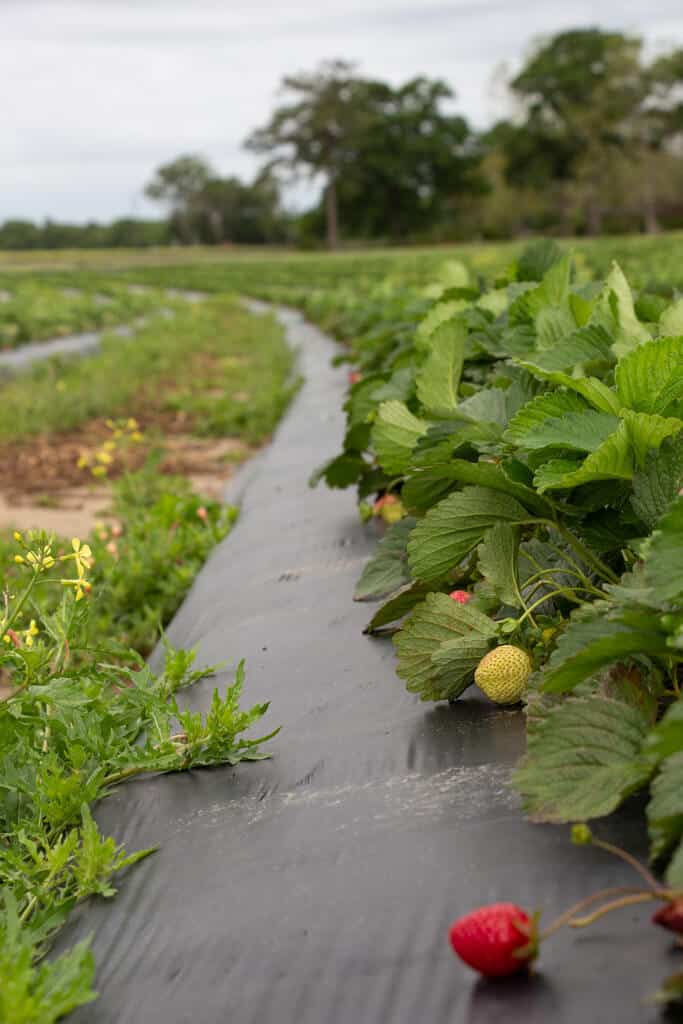
Knowing exactly when to harvest is vital as strawberries don’t continue to ripen after being picked. Make sure to plan several visits to the strawberry patch (or your garden) during the season. Frequent picking encourages the plants to produce more fruit, and by selecting only the ripest strawberries, you can ensure that your berry baskets contain the best strawberries. Strawberries are best enjoyed fresh, and there’s nothing quite like the taste of a strawberry picked at just the right time—ripe, juicy, and full of flavor.
Knowing the Right Time
Picking strawberries at the optimal time ensures the sweetest, juiciest fruit.
Understanding Strawberry Seasons
The strawberry season largely falls from late April to early July across the United States, with the peak season hitting in early June. However, the season can vary significantly depending on your location.
Strawberry season signifies the time when strawberries are at their prime for harvesting. The California Strawberry Commission suggests that early summer is often the best time in many areas to get fresh strawberries (but what we consider “early summer” might differ depending on your region.
When I lived in Alabama (zone 8b), this meant around the beginning of April. Now that I live in Ohio (zone 6b), the season does not begin until late May. Check your USDA grow zone to plan ahead for your own strawberry season!
Identifying Ripe Strawberries
To know when the strawberries are ready, keep an eye out for the first signs of red among the leaves, which signals the arrival of the first strawberries. These early fruits are a treat, but as the season hits its stride, usually in June for my region, the plants come alive with ripe strawberries that are ready for harvest.
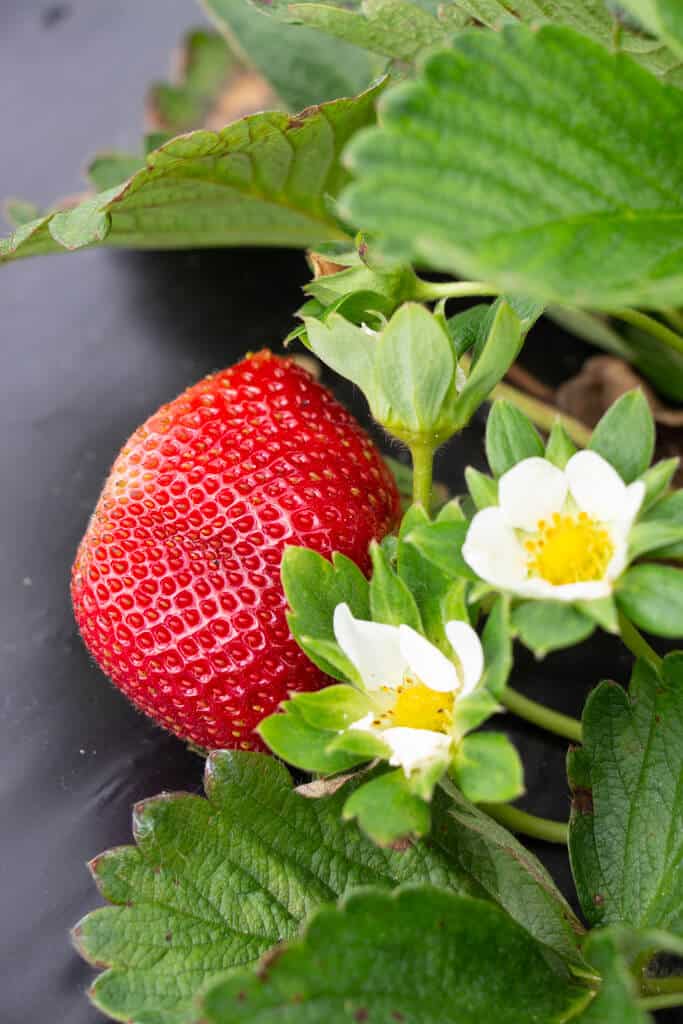
When to Pick Strawberries
A ripe strawberry is vibrantly red, has a green cap, and offers a noticeable strawberry scent.
Look for these indicators that the berries are ready to be picked:
- Color: Even, deep red without white or green areas
- Scent: Sweet and strong strawberry fragrance
- Cap: Bright green and fresh-looking
- Shape: Plump and well-shaped without deformities
Steer clear of overripe berries, which may be too soft or have spots of rot.
Weather and Regional Differences
Weather conditions can greatly affect the strawberry quality and picking time. In regions like the southern states of the U.S., high temperatures can accelerate ripening. Local strawberry farms often provide insights into how the current weather is influencing the crop. For my strawberry adventures, I keep an eye on:
- Local Weather Reports: Daily conditions may advance or delay ripening.
- Farmers’ Updates: Farms may adjust picking times based on current weather trends
Strawberry Varieties
Strawberries come in different varieties that have their own specific harvest times. Here’s a brief look:
- June-bearing strawberries: Have a single, bountiful harvest in early summer. These are the most common and yield the biggest fruit.
- Ever-bearing strawberries: Produce two smaller crops (June and early fall).
- Day-neutral strawberries: Can produce fruit throughout the growing season. Produce fewer, smaller fruits.
Source: Chicago Botanic Garden
Most home gardens and farms grow June-bearing strawberries. If you want a similar product to what you buy at the grocery store (but better), June-bearing will be your best bet!
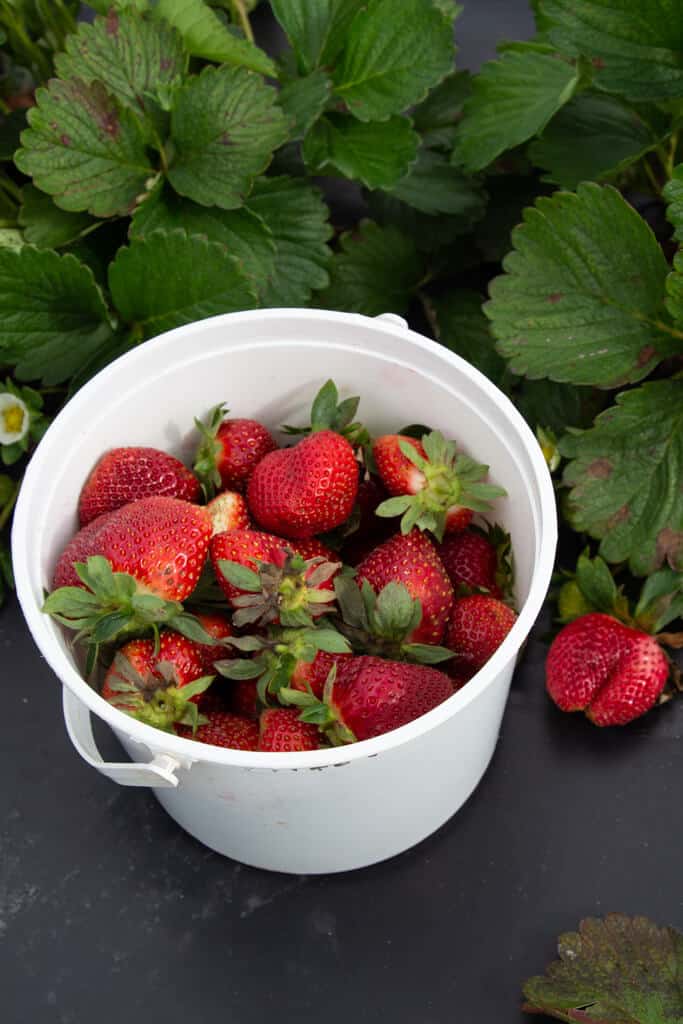
Preparing for the Harvest
Prepping to harvest strawberries is all about timing, technique, and the end use of your juicy fruits. Let’s dig into making the most of your picking experience.
Strawberry Picking Strategies and Techniques
When I’m ready to pick, I take along my own containers and make sure to select only the best berries.
Pick strawberries in the cooler parts of the day—early morning or late afternoon—since this helps to keep the strawberries fresh and extends their shelf life after picking.
How to Pick Strawberries
Gently pluck the ripe berries with about a quarter of an inch of the stem attached. Pick the juicy fruits by grasping the stem just above the berry between your forefinger and thumb, then twisting and pulling at the same time.
- Do:
- Handle the berries gently.
- Pick from the top of the stem.
- Don’t:
- Pull on the berry itself.
- Pick berries that have green tips or are partially white.
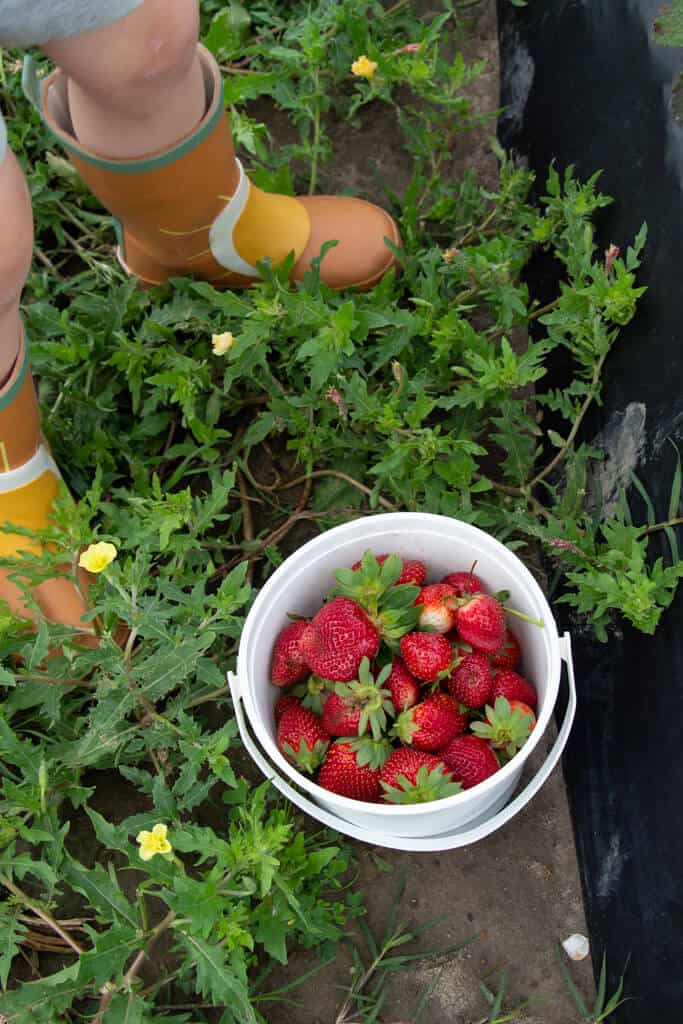
Post-Picking Handling
After you gather a bounty, handle the delicate fruits with care.
Once home, avoid washing the fresh berries until you’re ready to use them, as moisture can make them spoil faster. If I’m not eating them right away, I store them at room temperature if consuming within a day, or in the refrigerator if I plan on keeping them for a couple of days.
- Storing Strawberries:
- Fridge: In a paper towel-lined container, single layer, for a few days.
- Freezing: In pint freezer containers silicone bags. To freeze, set out on a single layer on a baking sheet. Freeze overnight and move to a silicone bag or container the next day. This makes it so they don’t all freeze into one clump.
- Dehydrating: You can also preserve strawberries by dehydrating slices for about 7-12 hours at 130-140 degrees F.


Avoiding Common Mistakes
I’ve learned to watch out for common pitfalls when picking strawberries that can spoil a good strawberry crop.
- Never overlook dead leaves or damaged berries, as they can harbor pests or diseases.
- Overfilling picking containers is a no-no because it can crush the delicious strawberries underneath.
- Remember that these are delicate fruits, and give them the proper care from the moment they’re picked.
Using the Harvest
Once I’ve successfully harvested my homegrown strawberries, I get excited about the variety of uses for them. Creating homemade strawberry jam is a rewarding process. I also love making a strawberry simple syrup to add to lemonade or mint juleps! Of course, they are best enjoyed simply on their own.
Happy strawberry picking! Whether you are picking strawberries at home or a local farm, I can’t wait to see your harvest! Snap a photo and tag me on Instagram.
Pin it for Later!


About the Author:
I’m Brittany, totally modern and mainstream turned crunchy mama!
Read more here about how I went from a totally incompetent cook and hyper-consumer to striving to live a more meaningful life from scratch.
I can’t wait to share my modern homesteading journey with you and I hope I inspire you to join along!


